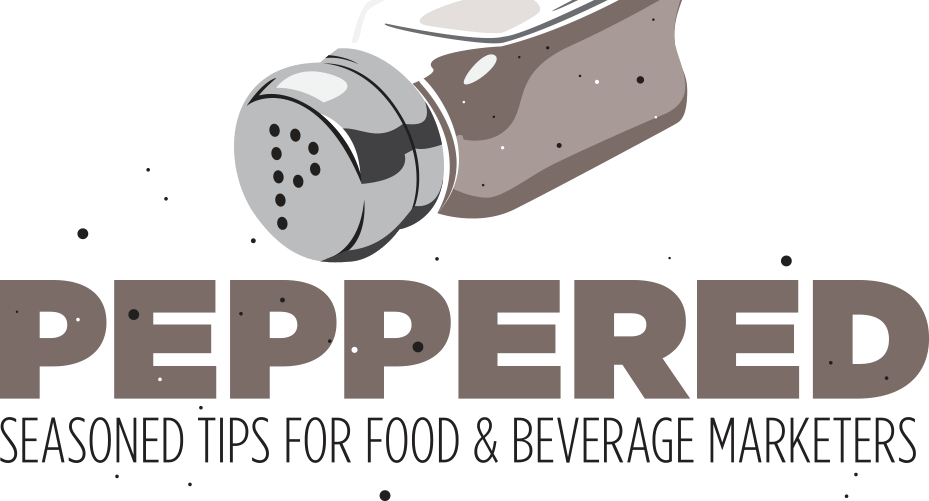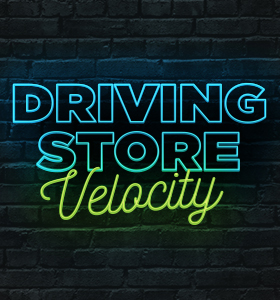“Our brand is really growing—we recently gained distribution in 1,000+ new retail outlets, and we’re getting more and more distribution by the day.”
I’ve heard this scenario a thousand times—and it doesn’t always turn out as well as you may think. Is new distribution a good thing? Of course. But it can also be the beginning of the end for a brand. I’ve seen it happen many times over the years, so much so that we’ve even coined a phrase for this particular phenomenon: Death by Distribution.
Obviously, distribution plays a major role in any brand’s success story. But driving store velocity once you have distribution is even more important. To drive store velocity, you must support your brand.
Any major retailer has velocity expectations for the brands on their shelves. If you don’t know what those numbers are, you better find out quick, because you have benchmarks to hit, and the clock is ticking.
Here’s the good news…driving retailer specific sales—even down to individual store locations—is easy and efficient.
It all starts with targeting. You can target your consumers based on Lifestyle, Geography, and Category purchasing. Utilizing data will help identify consumers who have a lifestyle or exhibit behavior that would make them a candidate to buy your brand. Then, you target those consumers who live or shop within a designated radius of your selected retailers. Certain platforms give you the ability to segment these consumers by historic category purchase.
Another effective way of targeting your consumers is through store affinity. Consumers matching your target demographic with a history of shopping at a store where your brand has distribution are prime candidates for targeted ads.
Then, we move to Path to Purchase. Here’s an effective model for guiding consumers on a path to purchase for your brand:

Awareness is always the first stage-gate to get through. Regardless of whether you’re driving awareness on a broad DMA scale, a specific zip code, or the radius around an individual location—consumers have to be aware of your brand to purchase it.
Next, we want them to engage with us, show some level of intent, and then ultimately purchase. We achieve this through targeted outbound media combined with a systematic retargeting plan.
Optimizing the algorithm on retargeting is the key to this step. Reaching your consumers with the ideal frequency—enough to stay top-of-mind without being overbearing—is crucial. How often have you visited a specific website only to be bombarded by a constant stream of unwanted ads for that product in the days and weeks that followed? That’s not how you want consumers to experience your brand.
This overall media strategy doesn’t just apply to new and emerging brands. Even mature brands with high ACV in major markets can experience downturns in certain retailers or particular regions and this approach can work to get your brand back on track. If your brand is looking to do a controlled product launch across a specific area, this targeting strategy allows you to focus your ad-spend in the most efficient way.
So, if your sales are currently flat—or down—in certain retail locations, or if you just got your brand into a new chain of retailers, then you need a marketing program that addresses the Geographic location of retailers, the Lifestyle of your consumers, and Category purchase.
It’s time to take control of your brand’s future, and fire up a strategy that drives store velocity!






